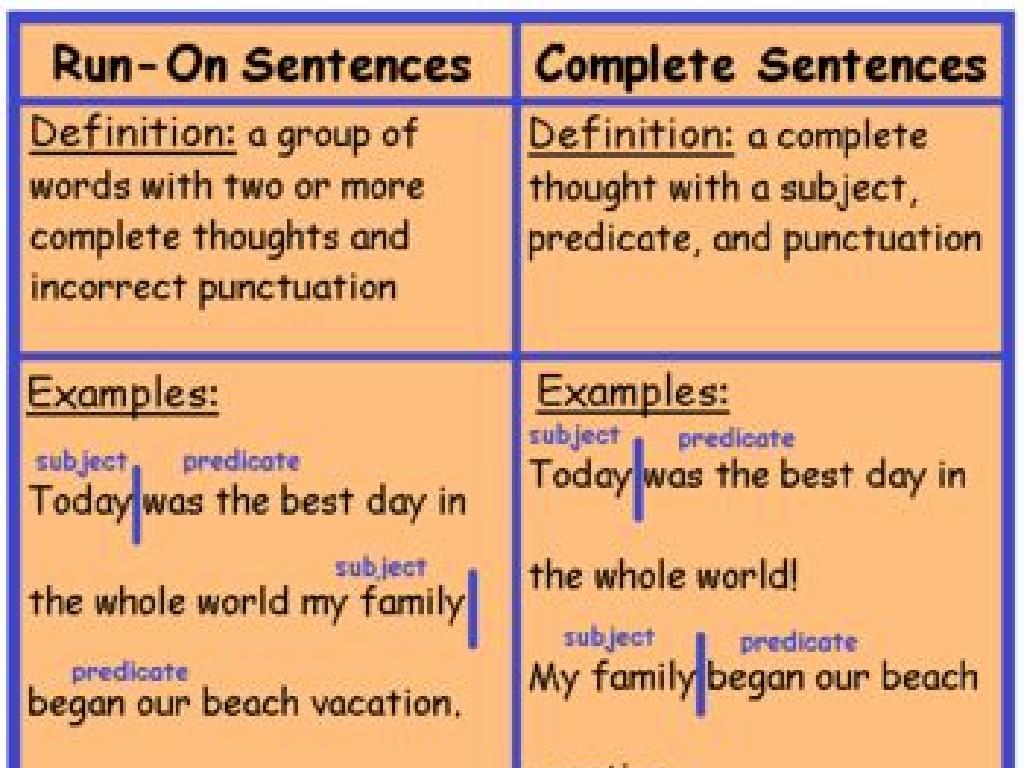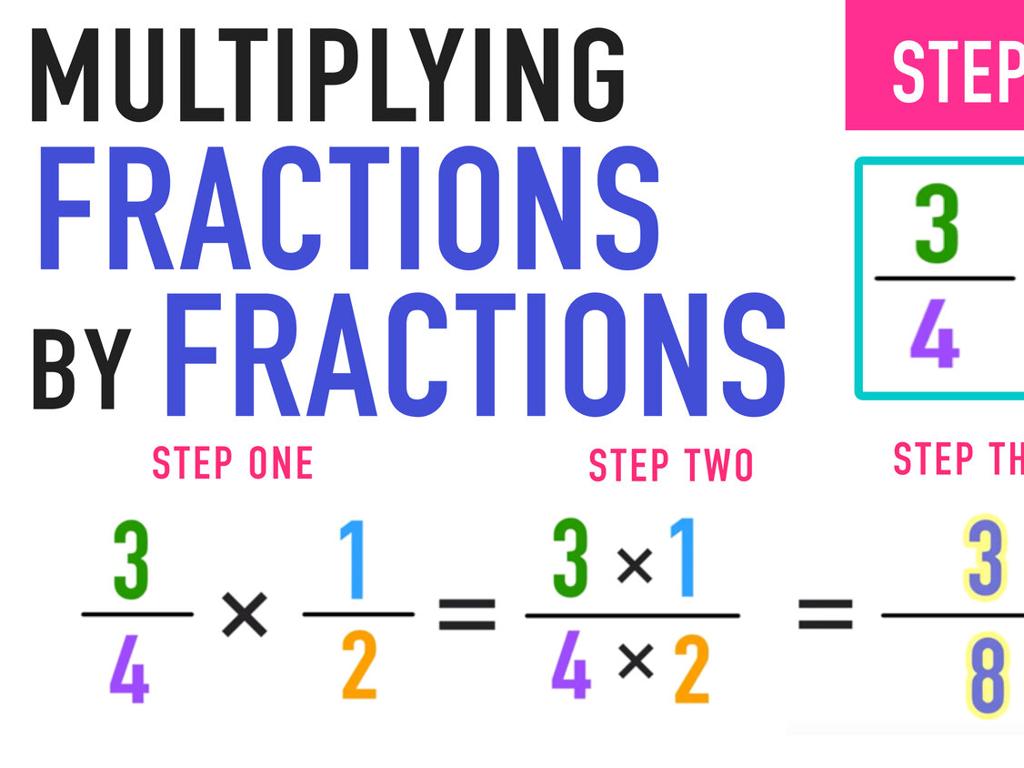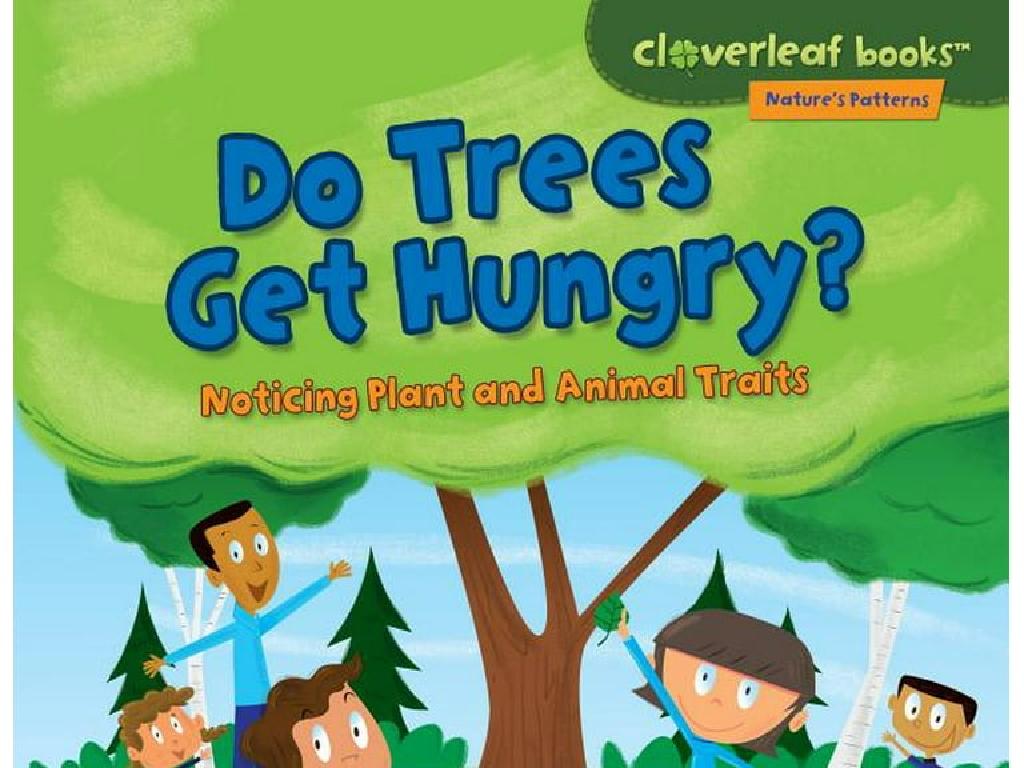Add And Subtract Mixed Customary Units
Subject: Math
Grade: Fourth grade
Topic: Customary Units Of Measurement
Please LOG IN to download the presentation. Access is available to registered users only.
View More Content
Understanding Customary Units of Measurement
– What are customary units?
– Units like inches, feet, yards, and miles used in the U.S.
– Importance of measuring
– To accurately describe and compare objects and distances.
– Everyday measurement examples
– Measuring your height, or the length of a room with a tape measure.
– Adding & subtracting units
|
This slide introduces students to the concept of customary units of measurement, which are used primarily in the United States. Start by explaining what customary units are and provide examples such as inches, feet, yards, and miles. Discuss the importance of measuring things in everyday life, such as cooking, building, and navigating. Give relatable examples like measuring ingredients for a recipe or the distance to school. Emphasize how these measurements help us understand and interact with the world around us. Then, transition to how we can add and subtract these units in different scenarios, setting the stage for practical applications and problem-solving exercises in class.
Understanding Customary Units
– Customary units in the U.S.
– Units of measurement specific to the U.S.
– Length units: inch, foot, yard, mile
– Smaller to larger: 12 inches in a foot, 3 feet in a yard, 1760 yards in a mile
– Volume units: cup, pint, quart, gallon
– Smaller to larger: 2 cups in a pint, 2 pints in a quart, 4 quarts in a gallon
– Adding & subtracting these units
– Use unit conversion to add/subtract different units, like 3 feet 4 inches + 2 feet 7 inches
|
This slide introduces students to the customary units of measurement used in the United States, focusing on units for length and volume. It’s crucial to help students understand the relationship between different units and how to convert from one to another. For example, there are 12 inches in a foot, which is important when adding or subtracting lengths that are given in inches and feet. Similarly, for volume, students should know how many cups are in a pint, pints in a quart, and quarts in a gallon. Emphasize the practical applications of these conversions in real-life scenarios, such as measuring ingredients for a recipe or determining the distance between two locations. Provide examples and practice problems that involve adding and subtracting mixed units, ensuring to guide them through the process of aligning units before performing the arithmetic.
Adding Customary Units
– Align units before adding
– Stack measurements with like units vertically
– Simple addition examples
– E.g., 3 ft 4 in + 2 ft 6 in = ?
– Class practice problem
– Solve together: 5 yd 2 ft + 3 yd 1 ft
|
This slide introduces students to the concept of adding mixed customary units, such as feet and inches, or yards and feet. Emphasize the importance of aligning the same units in a column before performing addition. Start with simple examples to ensure understanding. Then, engage the class with a practice problem, solving it as a group to reinforce the concept. Encourage students to ask questions and discuss any difficulties they encounter. Provide additional practice problems for students to try individually or in pairs, and offer guidance as needed.
Subtracting Customary Units
– Rules for unit subtraction
– Always subtract like units, e.g., inches from inches
– Simple subtraction examples
– Example: 5 ft 3 in – 2 ft 6 in = 2 ft 9 in
– Class practice activity
– Solve a subtraction problem together as a class
|
This slide introduces the rules and methods for subtracting customary units, which is a key skill in understanding measurements. Start by explaining that units must be the same when subtracting (inches from inches, feet from feet, etc.). Show simple examples on the board and solve them step by step, ensuring to borrow from the larger unit if necessary. For the class practice, provide a problem that the whole class can work on together, such as ‘Subtract 4 ft 7 in from 6 ft 2 in’. Walk through the problem with the class, asking for input at each step. After the group activity, consider breaking the class into small groups or pairs to tackle additional problems, allowing for peer learning and collaboration.
Adding and Subtracting Mixed Units
– Understanding mixed units
– Mixed units combine different measurements, like feet and inches.
– Steps to add mixed units
– Align units, convert if necessary, then add.
– Steps to subtract mixed units
– Align units, convert if necessary, then subtract.
– Example: Feet and inches
– Add 5 feet 8 inches to 3 feet 7 inches.
|
This slide introduces students to the concept of mixed units within the customary system, such as feet and inches, and how to perform addition and subtraction with them. Start by explaining that mixed units are combinations of different measurements. Demonstrate the steps for adding and subtracting mixed units: aligning the units, converting if necessary (e.g., 12 inches = 1 foot), and then performing the operation. Use the example of adding 5 feet 8 inches to 3 feet 7 inches to show the process in a practical context. Have students practice with similar problems and ensure they understand the need to sometimes convert units for accurate calculations.
Converting Customary Units
– Understanding unit conversion
– Converting units helps us solve problems with different units, like inches to feet.
– Conversion formulas and tips
– Use easy tricks like knowing there are 12 inches in a foot to convert quickly.
– Let’s practice together!
For example, how many feet are in 36 inches?
– Why conversions matter
– Conversions are essential in real life, like cooking or measuring height.
|
This slide introduces the concept of unit conversion within the customary system, which is crucial for solving real-world problems. Start by explaining why we need to convert units, such as when combining measurements in inches and feet. Share some common conversion formulas, like 12 inches equals 1 foot or 3 feet equals 1 yard, and offer tips for remembering them. Engage the class with practice problems, asking them to convert measurements together. Emphasize the importance of this skill in everyday situations, such as following a recipe or measuring for a construction project. The goal is for students to understand the practicality and necessity of unit conversions.
Let’s Practice Together: Mixed Customary Units
– Work through a mixed problem
– Example: Add 3 ft 4 in + 2 ft 7 in, then subtract 1 ft 9 in
– Discuss problem-solving strategies
– Use estimation, break down steps, and check work
– Pair up for a group activity
– Find a partner, share ideas, and solve problems together
– Solve addition and subtraction problems
– Practice with different problems, help each other out
|
This slide is designed for an interactive class activity focused on adding and subtracting mixed customary units. Start by guiding students through a mixed addition and subtraction problem, demonstrating how to align units and carry over if necessary. Discuss various strategies such as estimation, breaking down complex problems into simpler steps, and double-checking work. Then, have students pair up to work through a set of problems together, encouraging collaboration and peer learning. Provide a variety of problems for them to solve, ensuring they get practice with both addition and subtraction of mixed units. As they work, circulate the room to offer guidance and support. Conclude with a group discussion to share strategies and solutions.
Class Activity: Measurement Scavenger Hunt
– Find items to measure in class
– Record measurements in various units
– Add and subtract your measurements
– Use rulers or tape measures for accuracy
– Discuss findings with the class
– Share what you measured and the results
|
This interactive activity is designed to help students apply their knowledge of adding and subtracting mixed customary units in a fun and engaging way. Provide students with rulers or tape measures and ask them to find items in the classroom they can measure. They should record these measurements using different units (inches, feet, yards). Then, they will practice adding and subtracting these measurements, reinforcing their understanding of how different units relate to each other. After the activity, students will discuss their findings with the class, which will help them to articulate their thought process and learn from each other. Possible items to measure could include a desk, a book, a piece of paper, or the classroom door. Ensure that each student has a chance to measure, add, and subtract, and encourage them to explain their reasoning during the discussion.
Wrapping Up: Measurements in Daily Life
– Review of measurement lessons
– Why measurements matter
– Measurements are vital for cooking, building, and science.
– Homework: Practice worksheet
– Complete the worksheet on mixed units.
– Keep practicing at home!
– Try measuring items around the house.
|
As we conclude today’s lesson on adding and subtracting mixed customary units, it’s important to emphasize the role of measurement in everyday life. From preparing recipes in the kitchen to constructing projects and understanding science experiments, measurement is a fundamental skill. For homework, students are assigned a worksheet to reinforce their understanding of mixed units. Encourage them to practice these skills outside of the classroom by measuring various items at home, such as ingredients for a recipe or the length of furniture, to provide real-world context to their learning.





